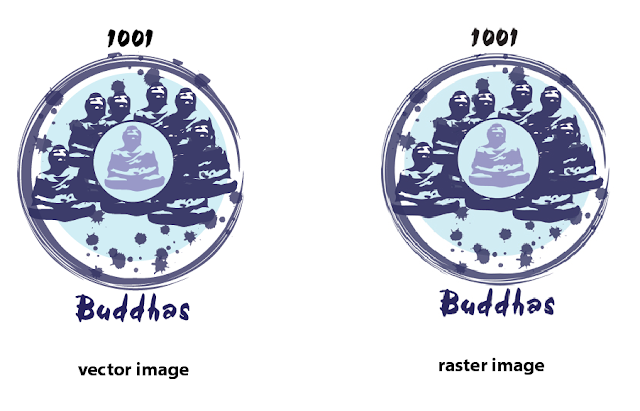In the last post we discussed the elements of design. Now we are going to look at how these elements relate to the principles of design.
The elements of design (line, shape, color, texture and value) are the building blocks of all visual art and design. The Principles of Design are how we arrange and/or organize these elements.
These principles are:
We see repetition, in the repeating green leaves. We see direction in the organic green shapes, visually leading our eyes through the composition. The brown part of this plant presents variety in this composition.
In the next photograph we see the use of type against a painted brown brick background. The order of the type presents a sense of balance. The use of color create a visual sense of harmony and unity. Maybe we could say that the numbers, 1609 dominate this composition, creating emphasis.
In this piece we clearly see repetition. Variety of shape is found in this composition to create a sense of visual interest. We see the shape of metal heater being the dominate shape at work.
What elements do you see at work in the next image? Quite often we see all of the principles working in one way or another.
The elements of design (line, shape, color, texture and value) are the building blocks of all visual art and design. The Principles of Design are how we arrange and/or organize these elements.
These principles are:
We see repetition, in the repeating green leaves. We see direction in the organic green shapes, visually leading our eyes through the composition. The brown part of this plant presents variety in this composition.
In the next photograph we see the use of type against a painted brown brick background. The order of the type presents a sense of balance. The use of color create a visual sense of harmony and unity. Maybe we could say that the numbers, 1609 dominate this composition, creating emphasis.
In this piece we clearly see repetition. Variety of shape is found in this composition to create a sense of visual interest. We see the shape of metal heater being the dominate shape at work.
What elements do you see at work in the next image? Quite often we see all of the principles working in one way or another.







